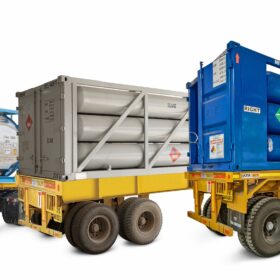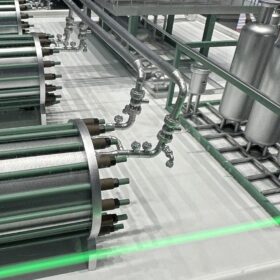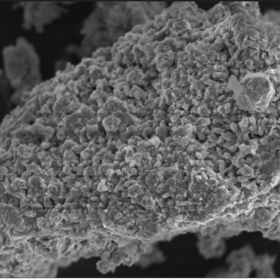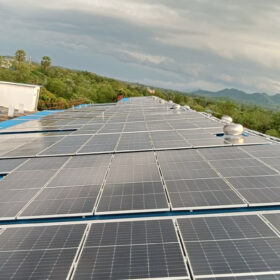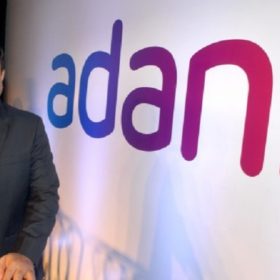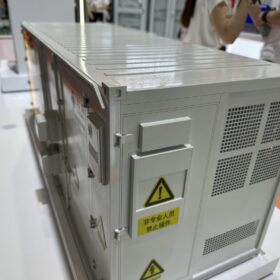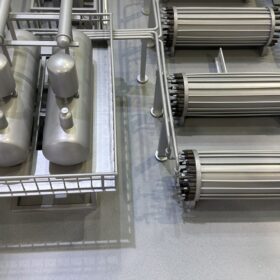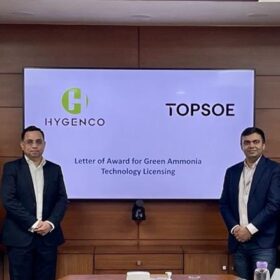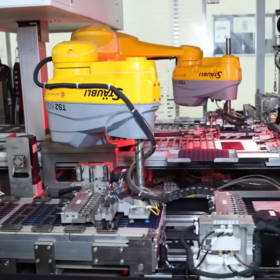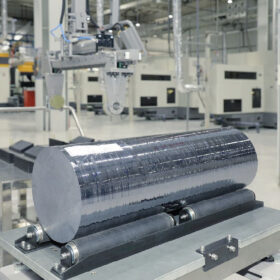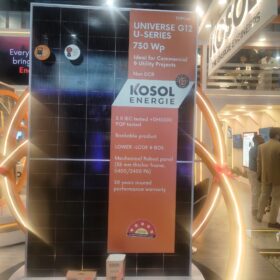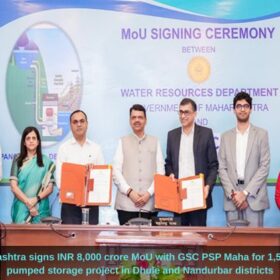INOXAP commences electronic specialty gas supply to ReNew’s solar cell facility at Dholera
Under a long-term contract, INOXAP will ensure a seamless and reliable supply of key electronic gases such as nitrous oxide, ammonia, and silane to ReNew Photovoltaics’ first solar PV cell manufacturing facility at Dholera, Gujarat.
The Hydrogen Stream: UK scientists call for strict rules for H2 leakage
The Oxford Institute for Energy Studies says addressing hydrogen leakage across the supply chain is crucial to making hydrogen a sustainable energy vector. Italy, meanwhile, has unveiled its national hydrogen strategy, with a focus on its role in the Mediterranean.
Battery recycling: How advanced materials science is changing the game
The future of battery recycling is promising spurred by continuous advancements in materials science, driving the development of more efficient and sustainable processes.
India added 20 GW solar in twelve months ending October
A strong pipeline exists, and SBICAPS expects cumulative 50 GW of solar and wind additions in FY 2025 and FY 2026.
No FCPA violation charges against directors, clarifies Adani Green Energy
Adani Green Energy Ltd has clarified that its directors, namely, Gautam Adani, Sagar Adani and Vneet Jaain have not been charged with violations of the U.S. Foreign Corrupt Practices Act (FCPA) in the indictment by US prosecutors in an alleged solar-related bribery case.
BESS are becoming more attractive
As battery energy storage system costs plunge, energy price volatility is shortening payback times for storage solutions. This shift, driven by a surge in intermittently generating renewables, and ongoing innovations in battery manufacturing, marks a pivotal moment for energy markets worldwide.
Utility-scale BESS: Best practices to mitigate hazards
A report from Leeward Renewable Energy has investigated battery energy storage system (BESS) fires and other thermal runaway events to try and put them into context.
Electrolyser cost, efficiency improvement critical for achieving cost viability of green hydrogen
The prevailing levelised cost of Green Hydrogen (LCOH) is 1.75 times that of grey hydrogen and 1.50 times that of brown hydrogen, posing a significant barrier to its adoption. Achieving economic viability of Green Hydrogen to around $2.1 per kg requires a 35%-40% drop in electrolyser prices and a 12%-14% improvement in efficiency apart from supportive policies, says a new report by CareEdge Ratings.
Japan’s 22nd solar auction concludes with lowest bid of $0.049/kWh
Japan has allocated 56.4 MW of PV capacity in its latest procurement exercise. The lowest bid came in at JPY 7.5 ($0.049)/kWh, while the average final price was JPY 8.17/kWh.
Hygenco secures license for Topsoe’s green ammonia technology
Hygenco Green Energies will leverage Denmark-based Topsoe’s technology for its green ammonia plant in Gopalpur, Odisha.
